Visit to Matsumoto City Historical Village (1)
I visited the Matsumoto City Historical Village (historical museum) in Matsumoto City, Nagano Prefecture.
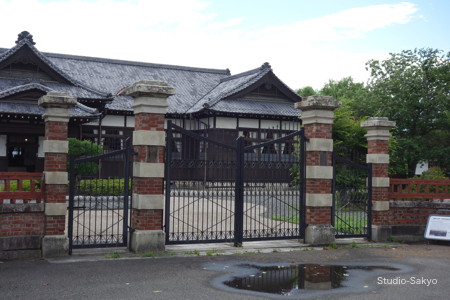
(The main gate and the old court building)
In 1977, it found out that the former Matsumoto District Court, which was located on the site of the former Ninomaru Palace of Matsumoto Castle, was going to be demolished.
As a result of the preservation movement, it was moved to its current location in 1982. At that time, it was called the “Japan Judicial Museum".
After that, other buildings in the Nagano Prefecture were moved and preserved, and now there are five historical buildings here.
Since 2002, it has been managed by Matsumoto City, and its name has been changed to “Matsumoto City Historical Village," and it is operated as an annex to the Matsumoto City Museum.
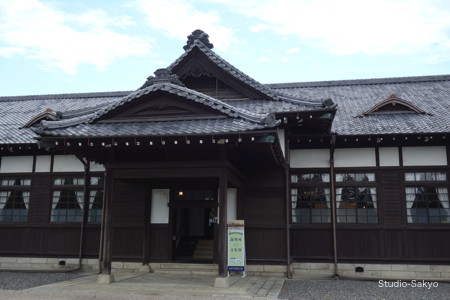
The former Matsumoto Ward Court. It was built in 1908. It was designated as a national important cultural property in November, 2017.
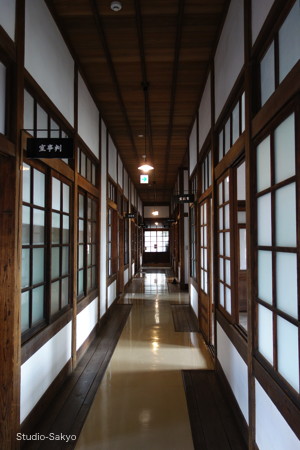
The corridor. The plate on the left side says “Judge’s Office".
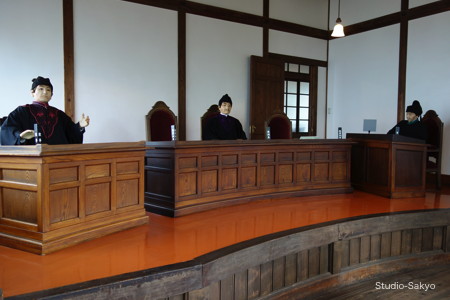
This is a reproduction of a courtroom in the Meiji era. The left side of the photo is the prosecutor, the center is the presiding judge, and the right side is the clerk. Although not shown in the photo, there is a testimony table on a lower level in the foreground. The seats for the defendant, defense attorney, and bailiff are also located there.
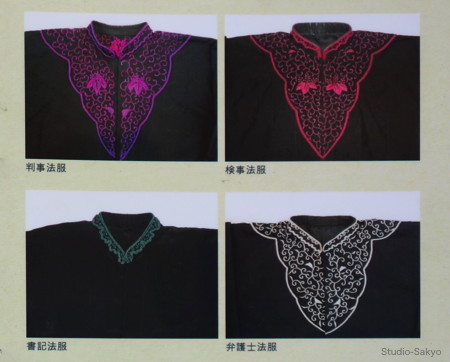
Court uniforms of the Meiji era. It was in 1890 that the court dress code was established. It was designed by Mayori Kurokawa, a professor at the Tokyo School of Fine Arts, based on the image of Prince Shotoku and incorporating decorative elements from European legal uniforms and civilian ceremonial uniforms, resulting in a unique blend of Japanese and Western styles.
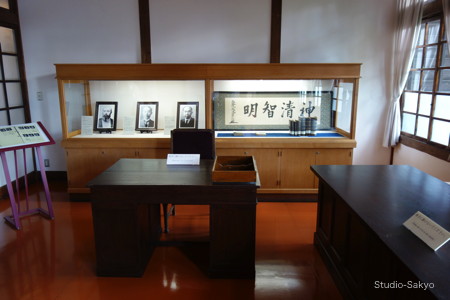
This is the judge’s chambers.
There was a newspaper article on display in the room about the campaign to preserve the old courthouse when it was decided to demolish it.
Quote (Shinano Mainichi Shimbun, July 9, 1978)
“The city of Matsumoto has finally decided to demolish the building of the Matsumoto branch of the former district court, which still stands in Matsumoto Castle, after preserving the records. The city will ask for approval at a meeting of the city council’s education and civil service committee on March 10. The survey and demolition of the building will begin in the middle of this month, but the “Citizens’ Association for the Protection of Cultural Properties" (chaired by Yojiro Masuda), which has been campaigning for the preservation of the building, held a demonstration in the city on August 8, reiterating its call for its full preservation."
Quote (Shinano Mainichi Shimbun, July 23, 1978)
“On July 22, a city council member, who is a member of the citizens’ group that has been advocating for the preservation of the building, made a request to the city of Matsumoto for the relocation and preservation of the building, saying, 'We want the building to be given to us with the city’s budget for demolition’.
At a time when the building was on the verge of dismantling, Mayor Wago took a favorable stance, saying, 'We will decide after consulting with the council, but basically we want to cooperate’. Although there are still many difficult issues to be resolved, such as the land needed for the relocation and preservation of the museum and financial problems, those involved say, 'We are on track to realize the project as a judicial museum’."
Then the building was moved and restored, and opened as the Japan Judicial Museum in 1982.
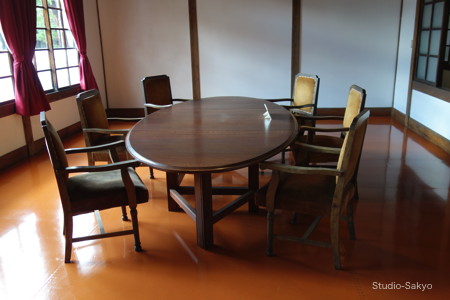
This is the conference room.
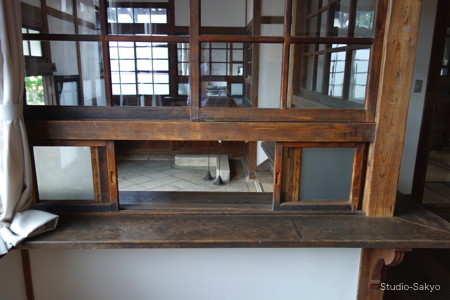
Looking at the entrance from the room of prosecutor’s office secretariat.
According to the exhibition materials, the first court building existed before this old courthouse in 1878. Unfortunately, I couldn’t find a photo (or if I missed it), but the first building was built by Seiju Tateishi. He was the architect of the old Kaichi School in Matsumoto. I wonder what kind of building it was.
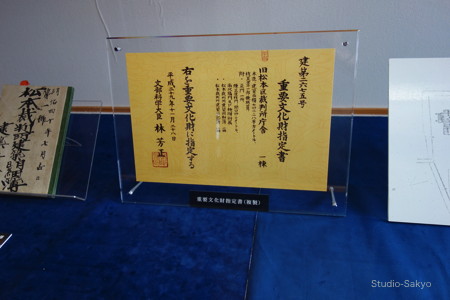
A certificate of designation as an important cultural property was on display. (It’s a reproduction, though.) The brick main gate is also included in the list of Important Cultural Properties.
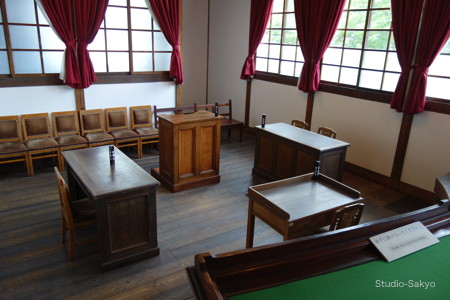
This is the district court.
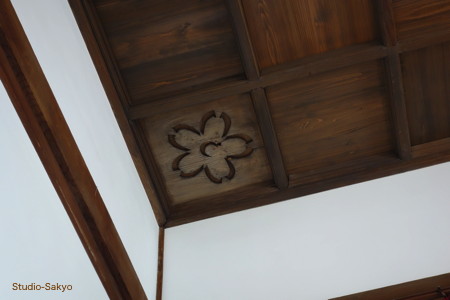
The four corners of the ceiling have this decorative pattern.
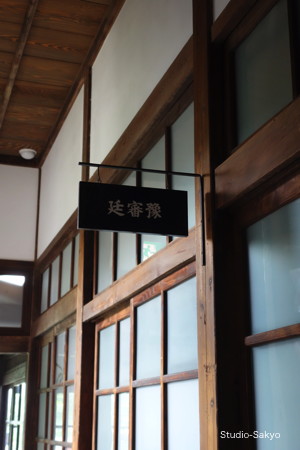
This is the courtroom for the preliminary examination. This area was not open to the public.
I walked through here and went outside.
There are also four other historical buildings that have been moved here. I will write about them in another article.
(Reference: “Matsumoto City Historical Village" brochure)

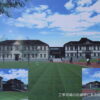

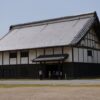

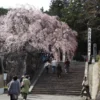
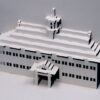
Recent Comments